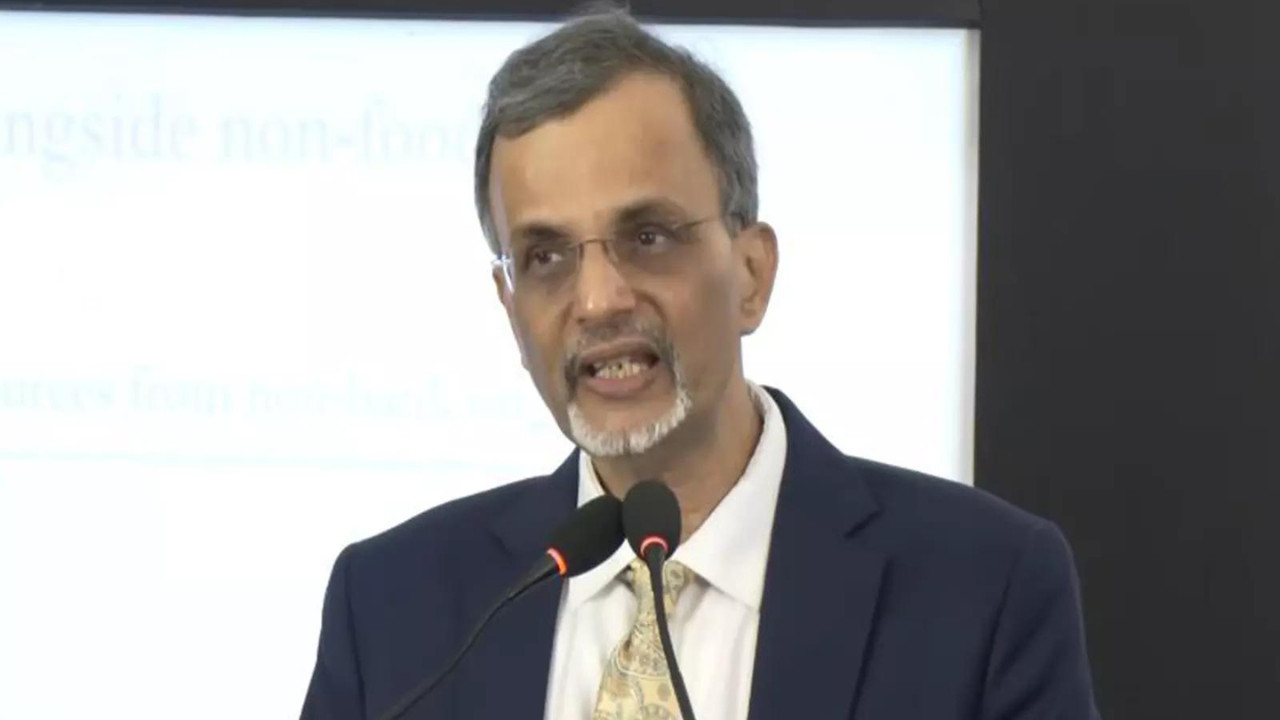New GST rates 2025 full list effective today: The Modi government’s next-generation GST reforms take effect on September 22, 2025, coinciding with the start of Navratri. These reforms reduce tax slabs to 5% and 18%, making household items, cars, and food cheaper. Here is the full list of new item-wise GST rates:
Navratri Brings a Basket of Price Changes: Decoding the Latest GST Tweaks
The air is festive, the dandiya sticks are ready, and businesses are gearing up for the Navratri rush. But alongside the celebrations, something more subtle is shifting – the Goods and Services Tax (GST) landscape. The recent updates to GST rates, effective this September, are impacting a range of goods and services, leading to both cheers and slight frowns for consumers across India. So, what exactly has changed, and how might it affect your wallet this festive season?
Festive Fare Gets a Little Lighter: GST Reductions and Their Impact
It’s always good news when prices drop, right? Several items have seen a reduction in their GST rates, offering a slight reprieve for consumers. While a comprehensive list would run longer than a Bollywood song, the key highlights include specific food items and certain materials used in construction. The idea? To hopefully stimulate demand and ease the burden on some sectors.
The ripple effect of these reductions is complex. While the lower tax rate directly translates to a reduced cost for businesses, whether they fully pass on the savings to consumers depends on various market factors. Competition, supply chain dynamics, and overall business strategy all play a role. Keep an eye out for those Navratri deals, though – retailers will likely be keen to attract customers with competitive pricing.
What’s Staying the Same: Maintaining GST Stability
Not everything is subject to change, of course. Many items and services remain within their existing GST brackets. This stability provides a predictable framework for businesses and consumers alike. However, it also means that certain goods and services that some might have hoped would become more affordable will remain at their current price points. This stability is crucial for long-term economic planning.

A Closer Look: Understanding Specific GST Rate Adjustments
Diving into the specifics, the latest adjustments primarily affect items within the 0%, 5%, 18%, and 40% GST slabs. While the 40% slab is reserved for a very limited category of goods (primarily luxury and demerit goods), changes in the other slabs have a more widespread impact.
For example, if the GST on certain food processing equipment has been reduced, this could lead to lower production costs for food manufacturers, potentially translating to more affordable packaged snacks on your supermarket shelves. Similarly, adjustments to GST on construction materials can influence the overall cost of building homes and infrastructure projects. Ultimately, these adjustments are designed to fine-tune the tax system and promote specific economic activities.
GST and the Common Consumer: How it All Adds Up
So, how does all of this translate to your everyday life? The impact of GST on the common consumer is multifaceted. While lower GST rates on certain items can directly reduce your spending, the indirect effects are equally important. For instance, lower taxes on inputs for businesses can lead to increased investment, job creation, and overall economic growth, benefiting everyone in the long run.
Consider the restaurant industry. Changes in GST on food ingredients and services directly impact the price you pay for a meal. During Navratri, when many people are dining out or ordering in festive meals, these adjustments can influence their choices and spending habits. Being informed about these changes empowers you to make smarter purchasing decisions. For more insights on navigating financial changes, see our article on [smart saving strategies](internal_link_to_saving_article).
The Road Ahead: Future Trends in GST
The GST system is a dynamic entity, constantly evolving to adapt to the changing economic landscape. As India’s economy grows and matures, we can expect further refinements to the GST structure. These adjustments will likely focus on simplifying compliance, addressing anomalies, and promoting greater efficiency in the tax system.
The ultimate goal is to create a GST framework that is both revenue-positive for the government and beneficial for businesses and consumers. This requires ongoing dialogue between policymakers, industry stakeholders, and the public to ensure that the GST system remains fair, transparent, and responsive to the needs of a growing India.
The recent GST rate changes, while not revolutionary, represent a significant step in this ongoing journey. By staying informed and understanding the implications of these adjustments, we can all play a more active role in shaping the future of India’s tax system.







